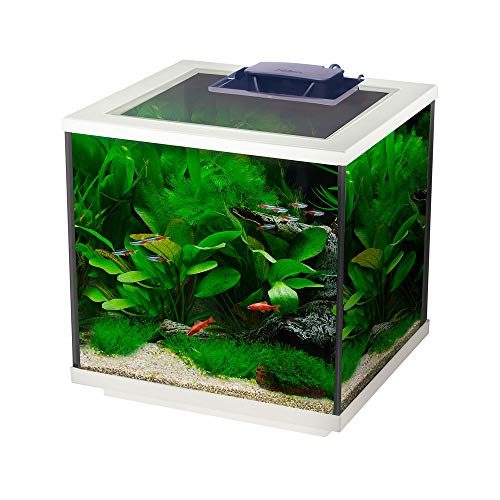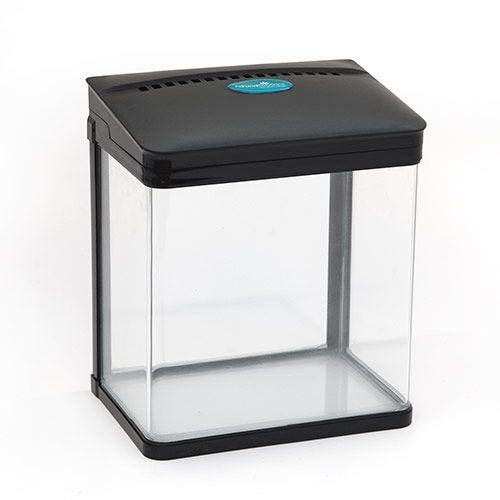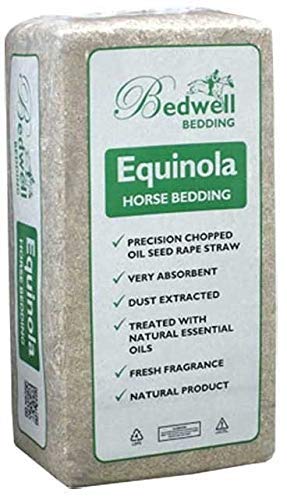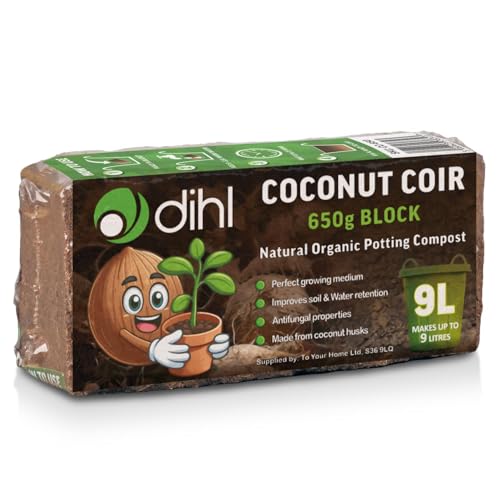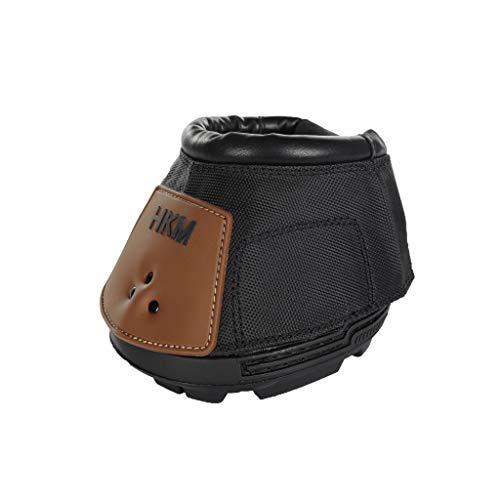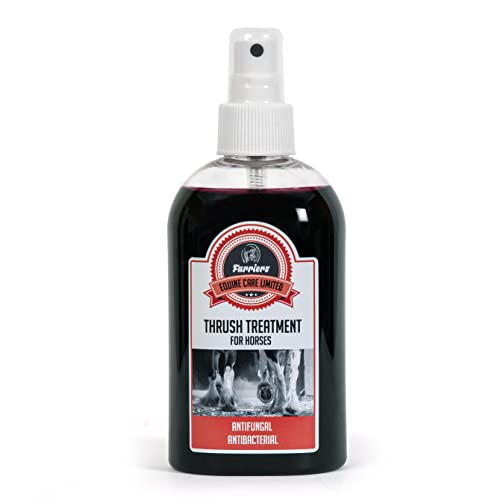Understanding Fish Tanks: The Basics of Aquatic Environments
What Is a Fish Tank?
A fish tank is essentially a glass or acrylic enclosure that holds water and is designed to house fish and aquatic plants. Think of it as a small ecosystem where everything works in harmony. It’s important to understand that fish tanks come in various shapes and sizes and they can be home to a multitude of species, from colourful tropical fish to serene goldfish.
The Importance of Water Quality
Water quality is paramount in any fish tank environment. Just as we need clean air to breathe, fish require clean water to survive. This involves maintaining the right levels of pH, ammonia, nitrates, and nitrites. An unhealthy water environment can lead to stressed fish and, ultimately, illness. Knowing how to test and manage these levels is key to keeping your aquatic friends happy.
Types of Aquatic Environments
When considering a fish tank, we should also take into account the type of aquatic environment we want to create. Freshwater tanks are easier to care for and are a great choice for beginners, while saltwater tanks, while stunning, require more expertise and maintenance. Each type leads to different fish compatibility and plant choices, which can significantly impact our set-up.
Choosing the Right Size: How to Select a Tank That Fits Your Space and Needs
Determining the Size You Need
Choosing the right size tank is critical as it impacts the number of fish you can keep and their overall health. A larger tank can provide more stable water conditions, but it also requires more space and maintenance. If we have limited space, even a smaller tank can be a good option, as long as we understand the limitations on the number of fish we can keep.
Calculating Volume for Fish Stocking
To understand how many fish will fit into our chosen tank, a common guideline is one inch of fish per gallon of water. While this is a basic rule, we should also consider the species of fish since some require more space than others. For example, a small tetra can comfortably live in a smaller space compared to a larger cichlid.
Placement Considerations
Once we’ve chosen the size, we need to consider where to place the tank. Ensure it’s on a stable surface and away from direct sunlight to avoid temperature fluctuations and algae growth. We should also consider nearby power sources for equipment and accessibility for maintenance.
Essential Equipment: What You Need for a Healthy Fish Habitat
Basic Equipment for Set-Up
Every successful aquarium needs basic equipment to support its inhabitants. A good quality filter is essential for maintaining water clarity and quality, while a heater is critical for keeping tropical fish at their ideal temperature. Lights are necessary not just for viewing, but for supporting aquatic plants if we plan to include them.
Additional Accessories for Comfort
Beyond the essentials, we might consider adding decorations, such as rocks or plants, to create a natural environment for fish. These decorations not only enhance visual appeal but also provide hiding spots and territories, helping our fish to reduce stress and feel at home.
Testing and Maintenance Tools
To ensure the health of our aquarium, we should have testing kits handy for checking water parameters. A gravel vacuum will help in cleaning the substrate efficiently, while algae scrubbers or pads are practical tools for keeping the glass clear and maintaining a pristine appearance.
Setting Up Your Fish Tank: A Step-by-Step Guide for Beginners
Preparing the Tank Before Adding Water
Before we even think about adding fish, we need to collect and prepare our equipment. This means rinsing the tank and any equipment with water to ensure it’s clean, without the use of soap or chemicals. We can then set up the substrate, which is the material that lines the bottom, followed by any decorations.
Filling the Tank and Starting the Cycle
With everything in place, it’s time to fill the tank with treated water. It’s crucial to use a water conditioner to remove harmful chemicals before adding fish. We should then start the cycling process, which typically takes a few weeks; this is where beneficial bacteria build up to naturally filter the water.
Introducing Fish to Their New Home
Once the water is stable and tested, we can begin to slowly introduce our chosen fish. It’s vital to acclimatise them gradually by floating the sealed bag from the pet store in the water for about 15 minutes before releasing them into the tank. This helps to prevent shock and ensures a smoother transition into their new environment.
Maintaining Your Fish Tank: Tips for Keeping a Clean and Thriving Aquarium
Regular Water Changes Are Key
To maintain a healthy aquarium, we should perform regular water changes, replacing about 10 to 15 percent of the water weekly. This not only helps in maintaining water quality but also reduces the build-up of toxins that can harm fish. It’s a simple yet effective way to ensure a thriving aquatic environment.
Monitoring Fish Behaviour and Health
We should keep an eye on our fish for any signs of distress or abnormal behaviour. If we notice any changes, such as reduced appetite or unusual swimming patterns, it may be indicative of stress or illness. Early intervention can often prevent more significant issues.
Cleaning Without Disturbing the Ecosystem
While it’s important to keep the tank clean, we need to do so carefully to avoid disturbing the balance of the ecosystem. Using a gravel vacuum helps to clean the substrate whilst preserving beneficial bacteria. Regular but gentle cleaning can help to keep our aquarium in pristine conditions and our fish happy.


